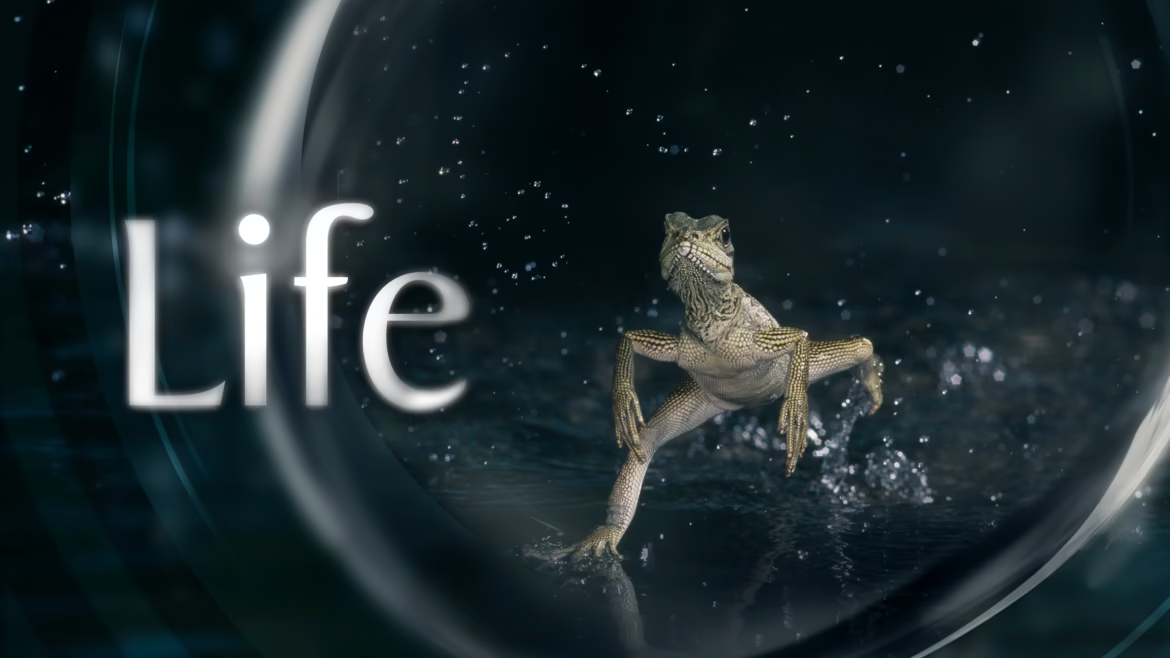In 2009, the world was introduced to a groundbreaking nature documentary series that captivated audiences with its stunning visuals, compelling storytelling, and insightful narration. Life, narrated by the legendary Sir David Attenborough, offered an unprecedented look into the diverse strategies and behaviors that living organisms employ to survive and thrive in the natural world.
A Cinematic Masterpiece
Life is a ten-part series produced by the BBC Natural History Unit, following the success of previous collaborations like Planet Earth and The Blue Planet. The series was filmed over four years, with over 3,000 days of shooting across every continent and in various habitats, from the deepest oceans to the densest jungles. The result is a visually stunning portrayal of life on Earth, showcasing the extraordinary lengths to which plants and animals go to ensure their survival.
The cinematography is nothing short of spectacular. From the intricate courtship dances of birds-of-paradise to the perilous migrations of wildebeest across the African savannah, each episode presents breathtaking sequences that highlight the beauty and complexity of the natural world. The use of high-definition cameras and innovative filming techniques allowed the production team to capture moments that were previously unseen by human eyes.
Narration by Sir David Attenborough
At the heart of Life is the voice of Sir David Attenborough, whose authoritative yet soothing narration has become synonymous with nature documentaries. His deep understanding of the natural world and his ability to convey complex scientific concepts in an accessible manner have made him a beloved figure among viewers of all ages.
Attenborough’s narration adds a layer of depth to the series, providing context and insight into the behaviors and adaptations of the creatures featured. His passion for the subject matter is evident in every episode, and his genuine awe and respect for the natural world resonate with audiences, fostering a deeper appreciation for the biodiversity that surrounds us.
Themes and Insights
Each episode of Life focuses on a specific aspect of survival, exploring the unique strategies that different species have developed to overcome challenges in their environments. The series delves into themes such as predation, reproduction, parenting, and migration, offering a comprehensive look at the various facets of life on Earth.
One of the standout episodes is “Challenges of Life,” which examines the obstacles that organisms face in their quest for survival. From the perilous journey of sea turtles hatching and making their way to the ocean to the dramatic hunts of predators stalking their prey, the episode underscores the harsh realities of life in the wild.
Another notable episode is “The Social Network,” which explores the complex social structures of various species, including elephants, dolphins, and primates. The episode highlights the intelligence and emotional depth of these animals, challenging the notion that humans are the only species capable of complex social interactions.
Critical Acclaim and Reception
Upon its release, Life received widespread acclaim from critics and audiences alike. The series was praised for its breathtaking visuals, informative content, and Attenborough’s masterful narration. It garnered several awards, including multiple Emmy nominations and wins, solidifying its place as one of the premier nature documentaries of its time.
Critics lauded the series for its ability to balance entertainment with education, making complex scientific concepts accessible to a broad audience. The innovative filming techniques and the intimate portrayal of animal behaviors captivated viewers, leaving a lasting impact on the genre.
Legacy and Impact
Life has had a lasting influence on the world of nature documentaries. Its success paved the way for subsequent series that continued to push the boundaries of wildlife filmmaking. The series also sparked a renewed interest in conservation efforts, inspiring viewers to take action in protecting the planet’s biodiversity.
The impact of Life extends beyond the screen. The series has been used in educational settings to teach students about biology, ecology, and environmental science. Its compelling storytelling and vivid imagery serve as powerful tools for engaging audiences and fostering a deeper understanding of the natural world.
Conclusion
David Attenborough’s Life (2009) stands as a testament to the wonders of the natural world and the importance of preserving it for future generations. Through its stunning visuals, insightful narration, and compelling storytelling, the series offers a profound exploration of the diverse strategies that life on Earth employs to survive and thrive.
As we continue to face environmental challenges, Life serves as a reminder of the resilience and beauty of the natural world and the need to protect it. Sir David Attenborough’s unwavering dedication to showcasing the intricacies of life on our planet has left an indelible mark on the world of nature documentaries and continues to inspire audiences around the globe.

